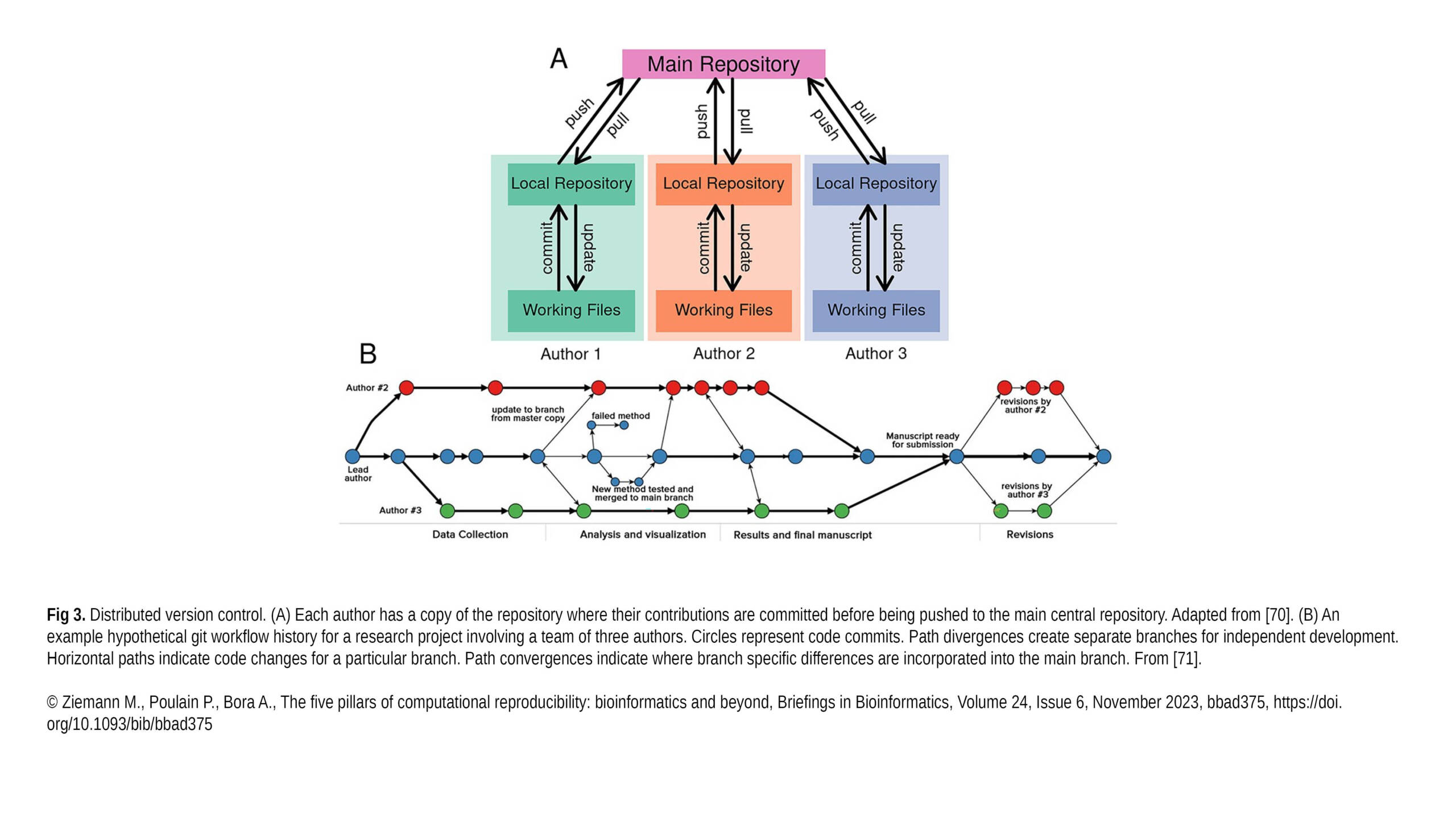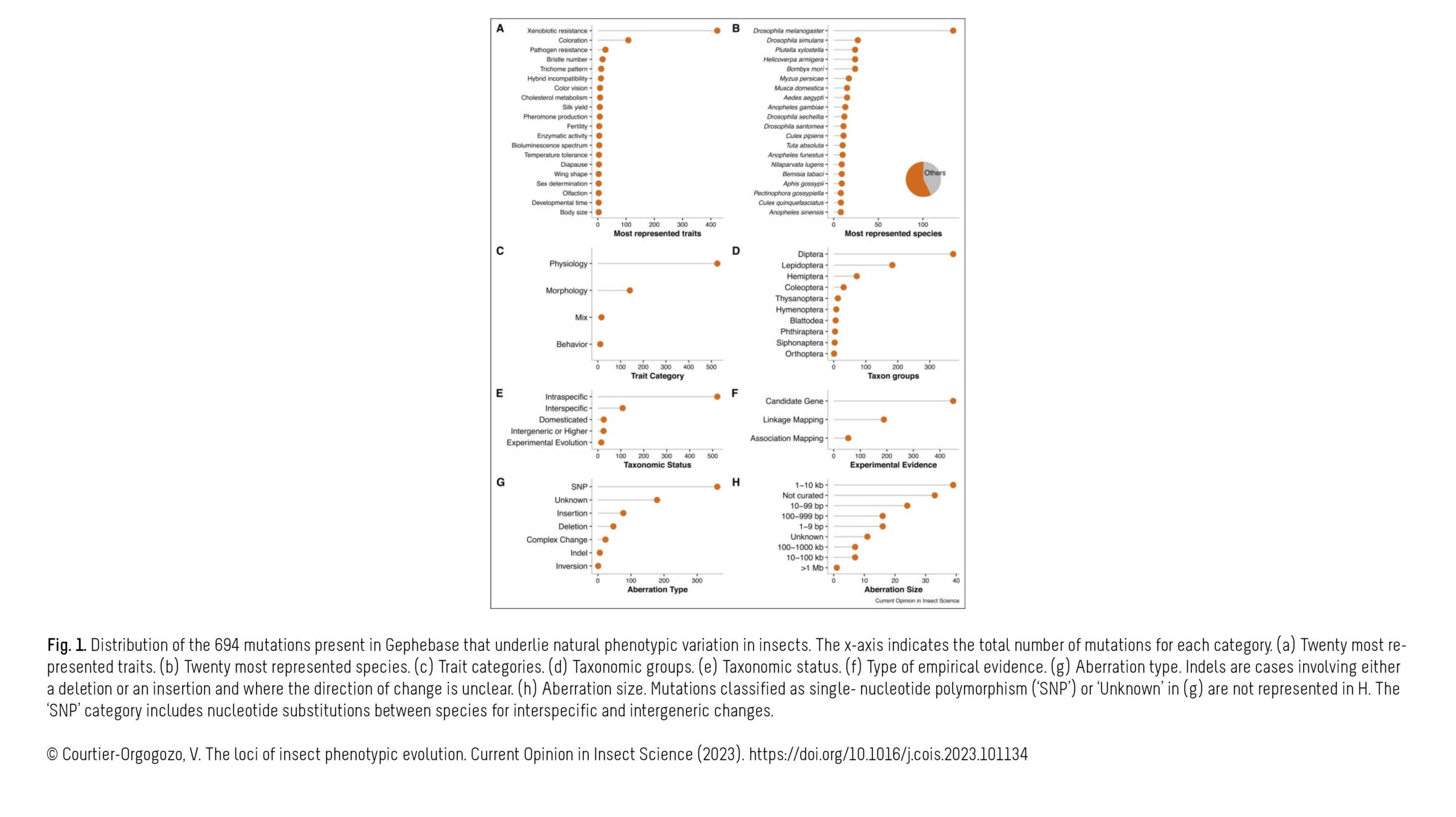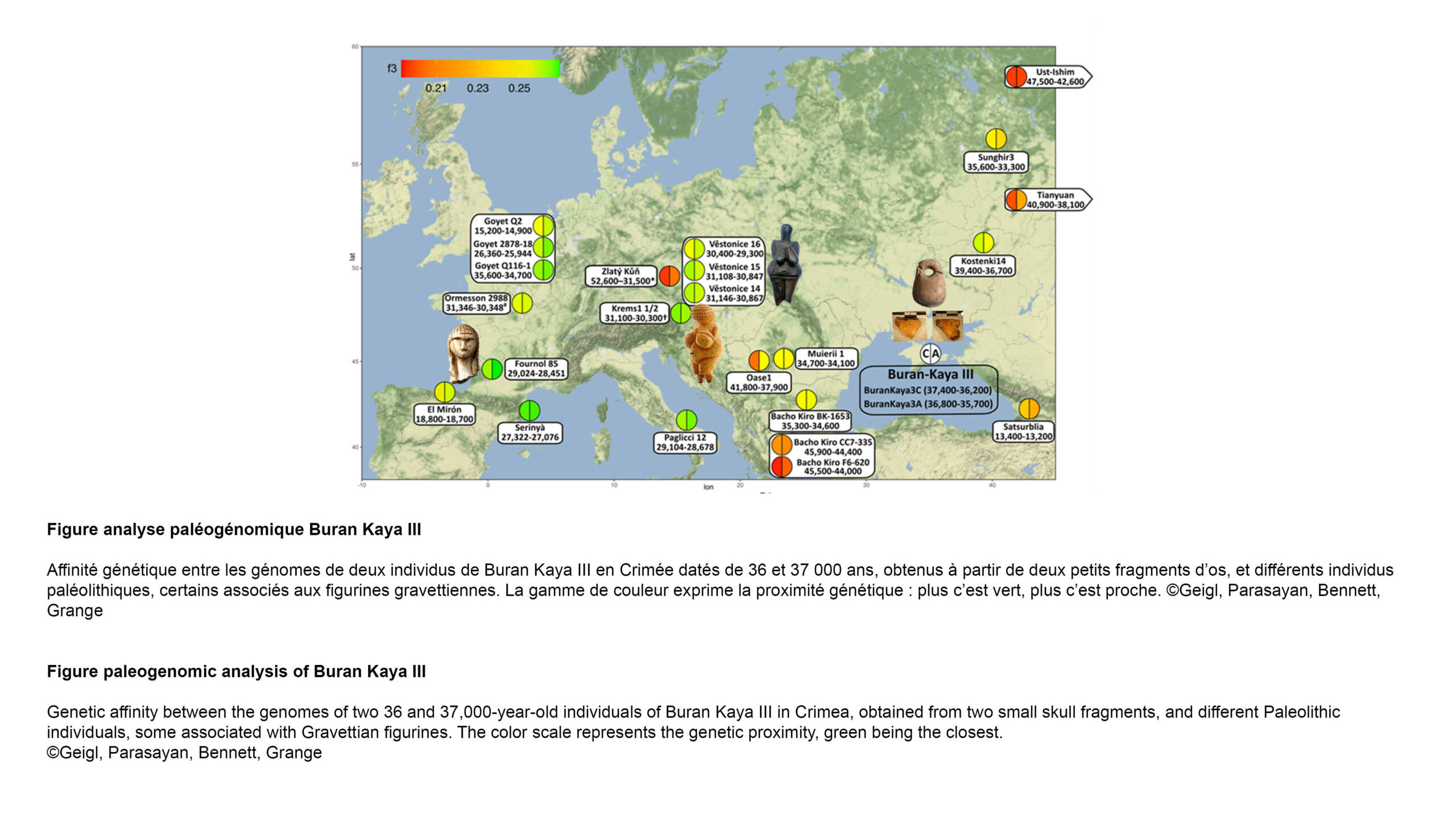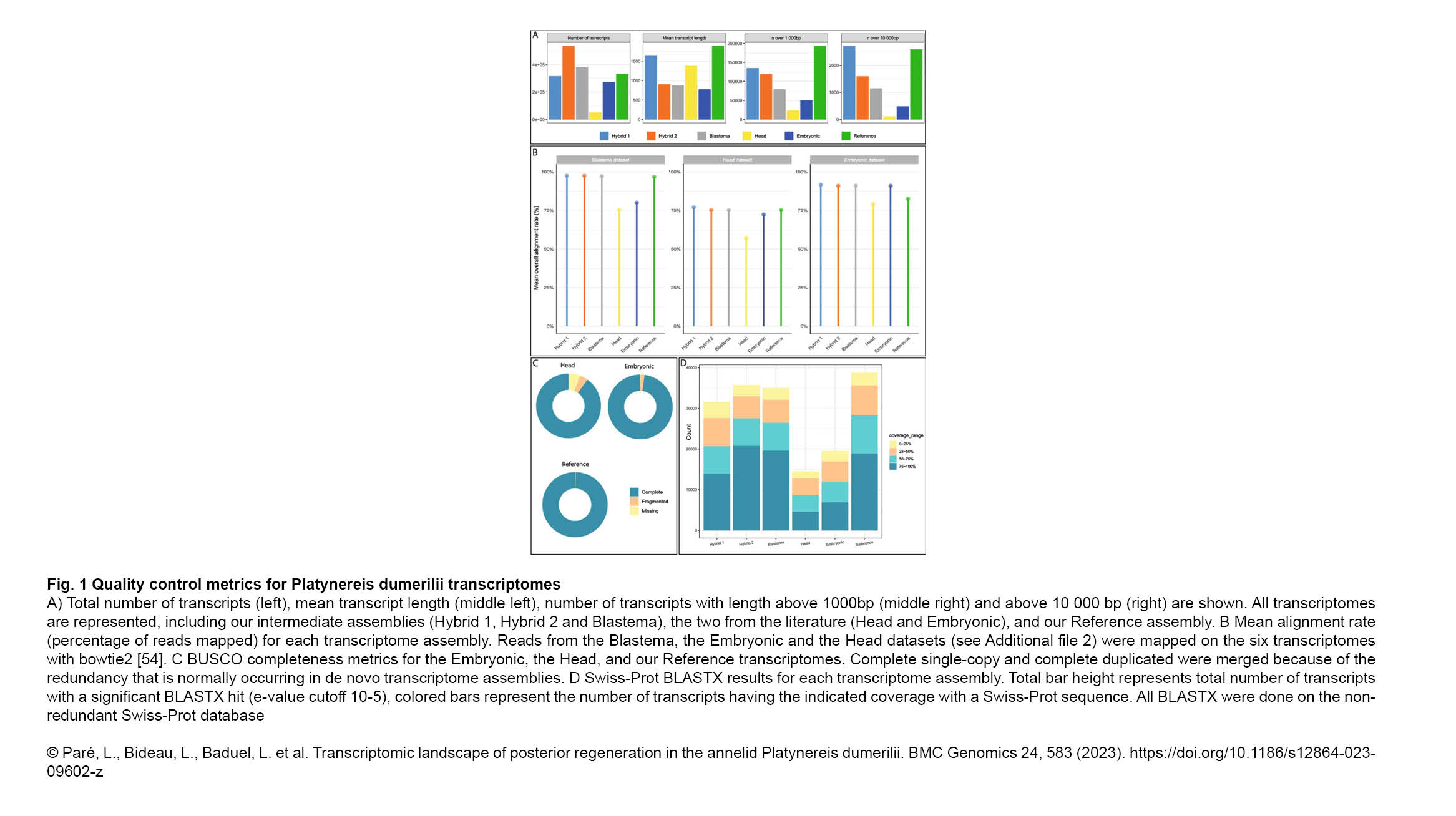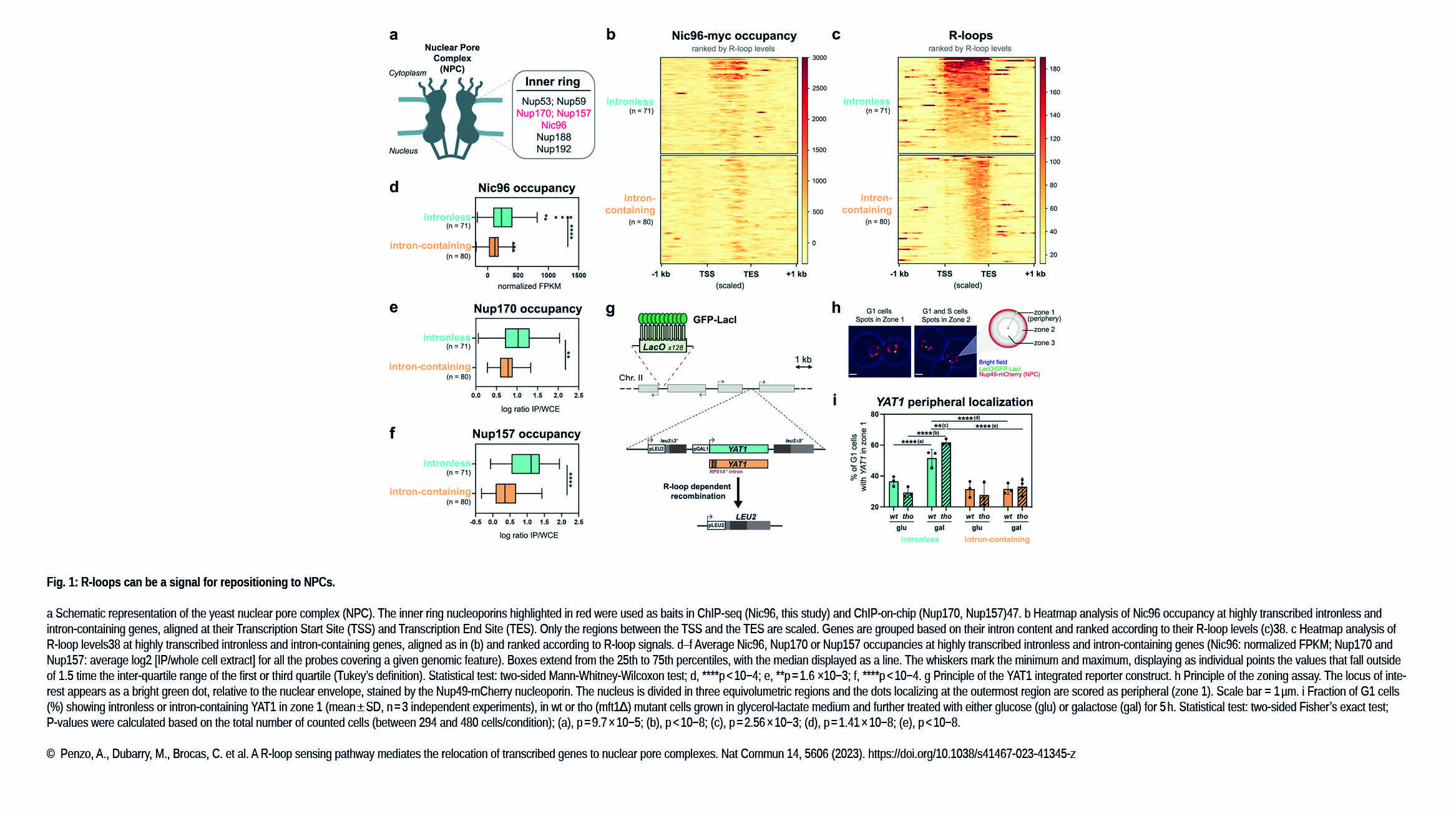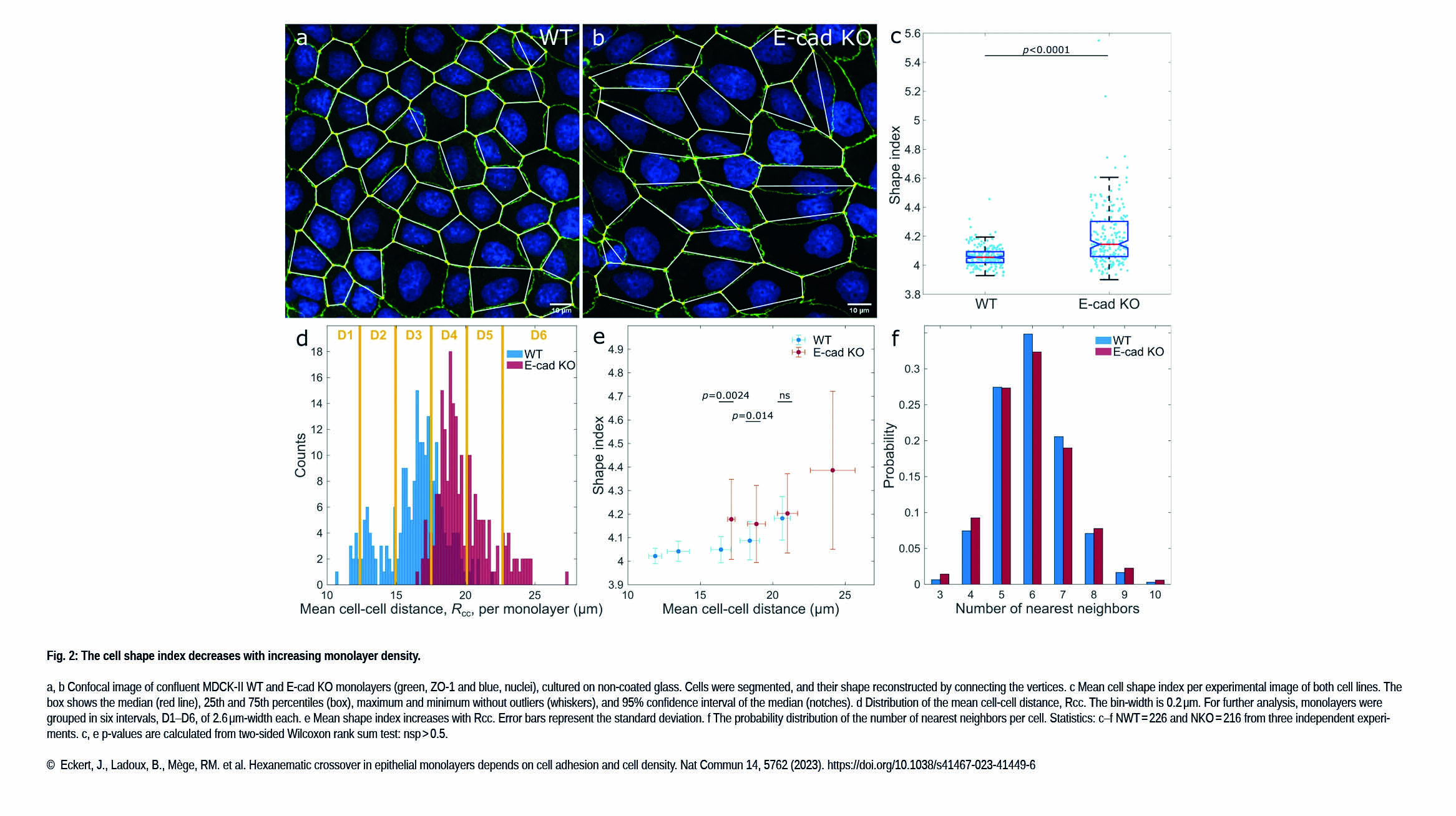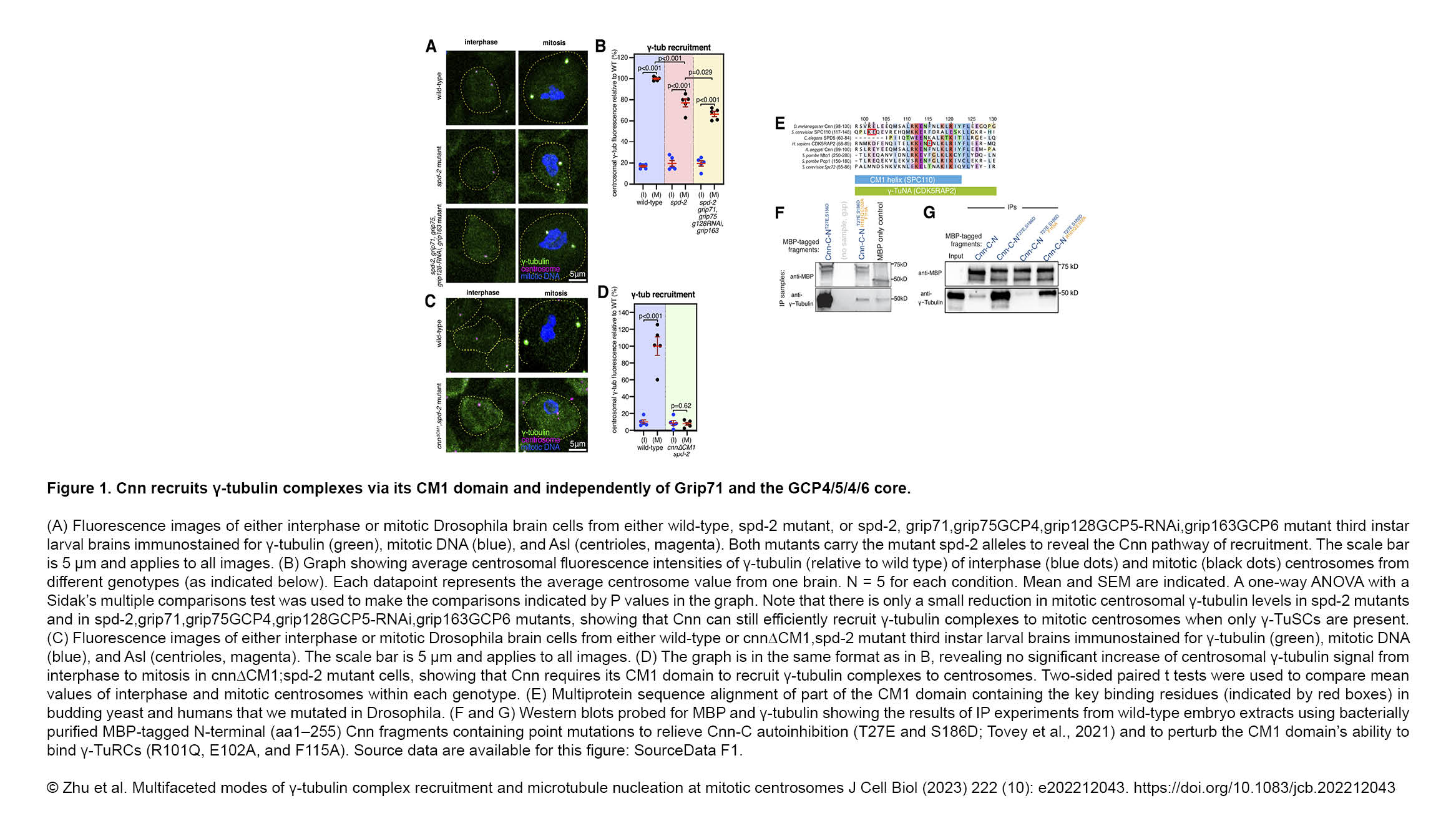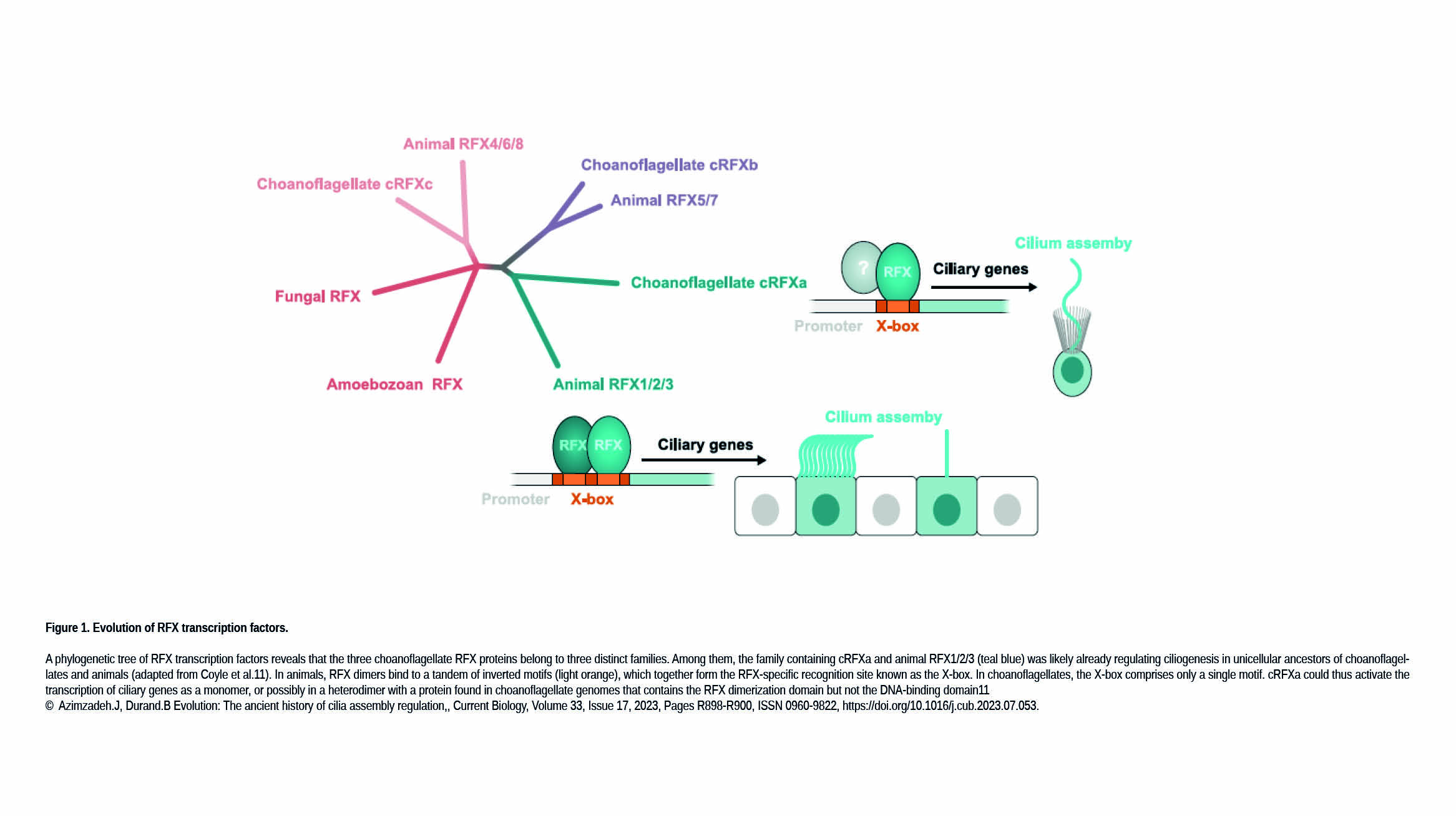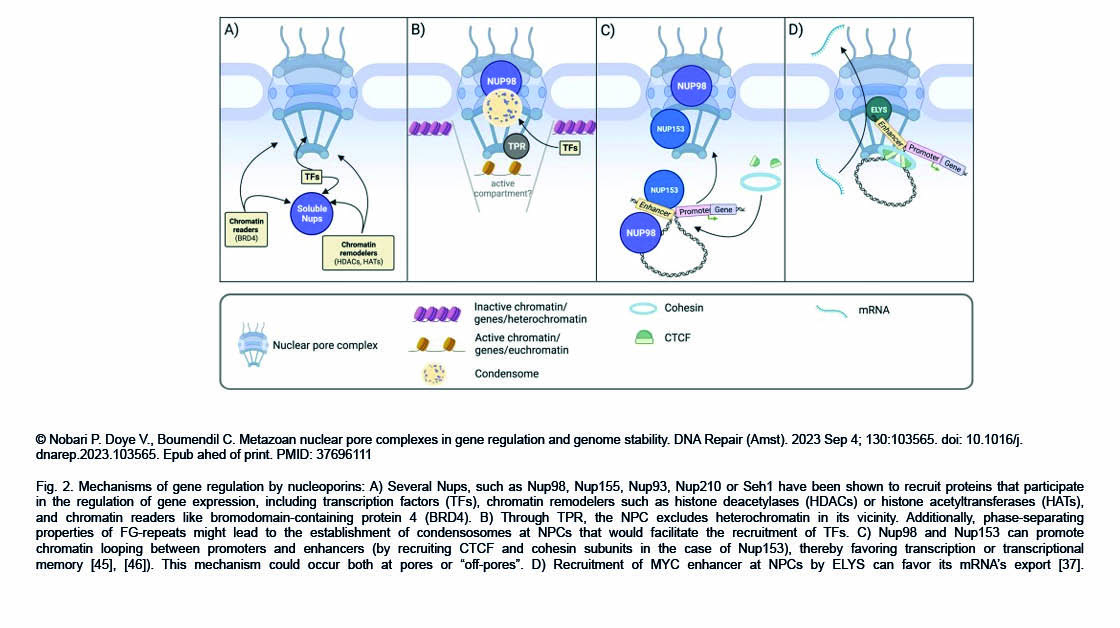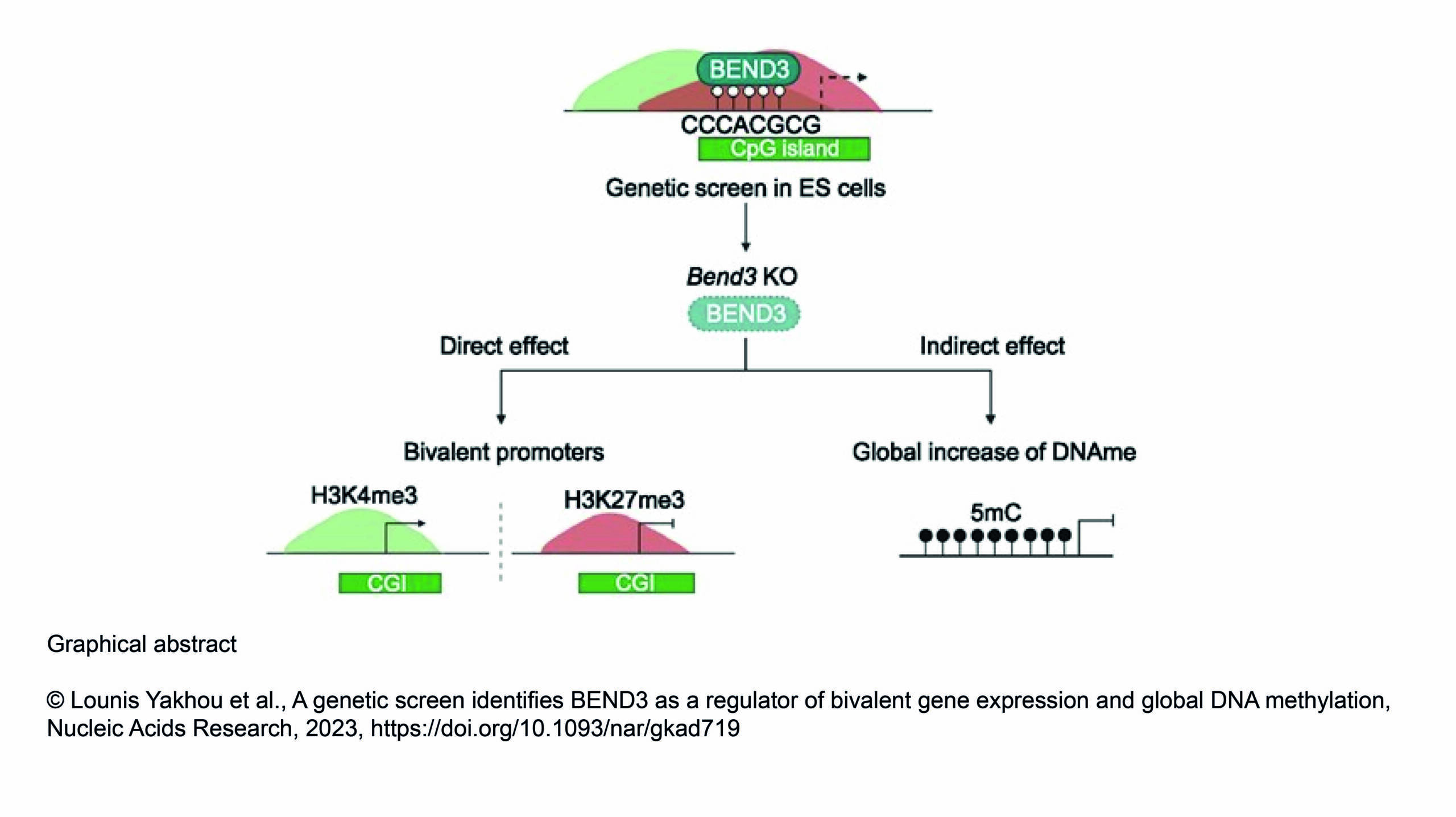The Camadro Lab recently contributed to the publication of a new article in Briefing in Bioinformatics :
The five pillars of computational reproducibility: bioinformatics and beyond
Abstract:
Computational reproducibility is a simple premise in theory, but is difficult to achieve in practice. Building upon past efforts and proposals to maximize reproducibility and rigor in bioinformatics, we present…
